Illuminating the Stage: 5 Breakthrough Color Mixing Techniques Every Lighting Designer Must Know!
In the mesmerizing world of entertainment lighting, color is more than just a visual element—it’s the magical language that transforms ordinary performances into extraordinary experiences. At LQE Lighting Solutions, we’ve watched countless lighting designers weave visual symphonies using two fundamental color mixing techniques: additive and subtractive color mixing. But what makes these techniques so crucial, and how do they breathe life into concerts, theaters, and theme park spectacles?
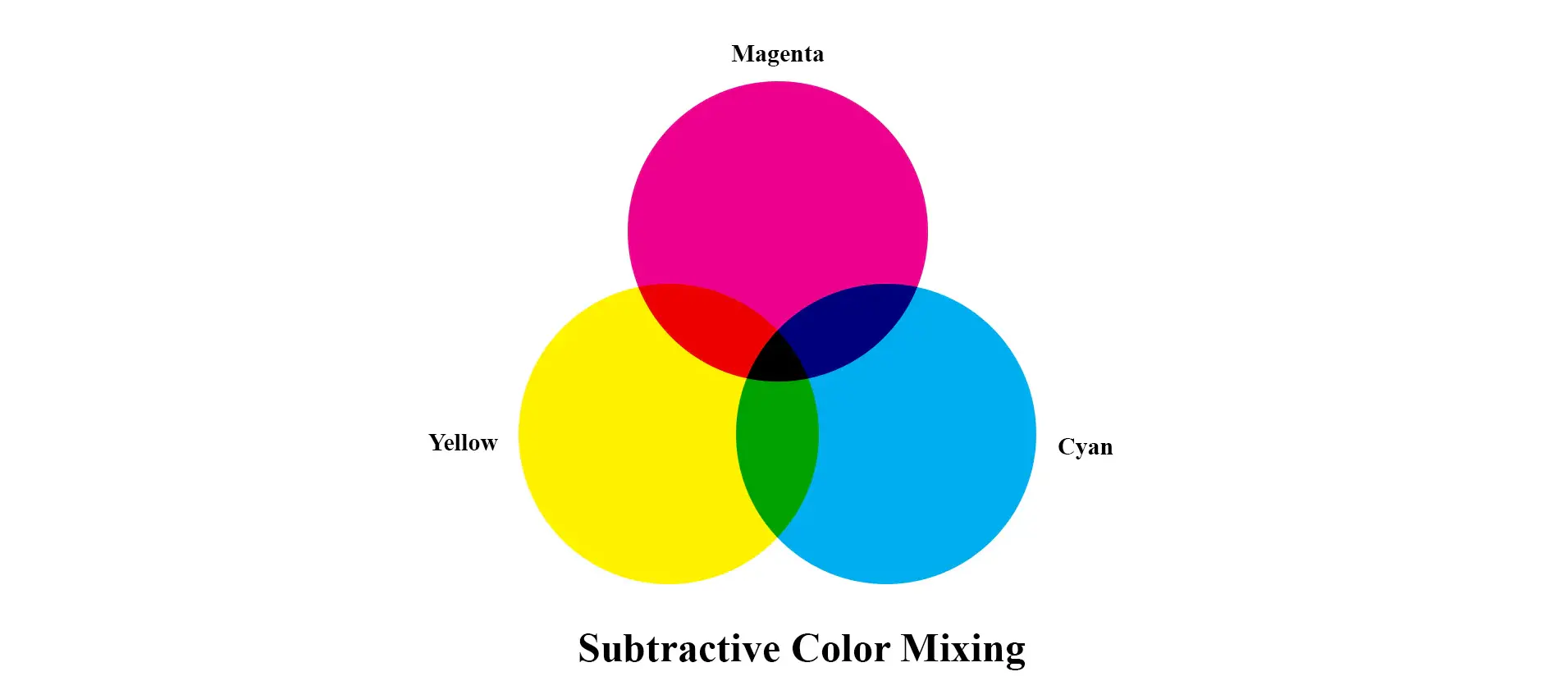
The Color Mixing Revolution: Understanding the Basics
Lighting design is an art form where science meets creativity. Additive and subtractive color mixing are the twin pillars that enable lighting designers to paint with light, creating immersive environments that captivate audiences and enhance storytelling.
Additive Color Mixing: The Digital Light Spectrum
Additive color mixing is the foundation of digital lighting and electronic displays. In this technique, different colored lights are combined to create new colors. The primary colors in additive mixing are:
- Red
- Green
- Blue
When these colors are blended in various intensities, they produce a stunning array of hues. Think of your computer screen or LED stage lights—they use additive color mixing to create vibrant, luminous colors that seem to glow from within.
Subtractive Color Mixing: The Traditional Palette
Contrary to additive mixing, subtractive color mixing works by absorbing certain wavelengths of light. The primary colors in this method are:
- Cyan
- Magenta
- Yellow
This technique is more familiar to traditional artists and print designers. By using color filters or gels, lighting designers can subtract specific wavelengths, creating rich, nuanced color effects.
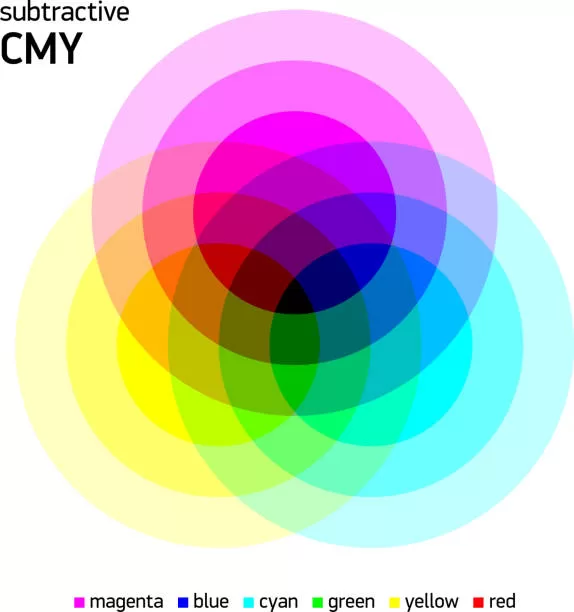
Practical Applications Across Entertainment Platforms
1. Concert Lighting: Creating Emotional Landscapes
In live music performances, color mixing isn’t just technical—it’s emotional. A rock concert might use aggressive red and blue additive mixing to amplify energy, while a jazz performance could employ soft, subtractive techniques for a more intimate atmosphere.
2. Theater Productions: Storytelling Through Light
Theatrical lighting designers are true color alchemists. They use both additive and subtractive techniques to:
- Set mood
- Define time of day
- Highlight character emotions
- Create spatial depth
3. Theme Park Experiences: Immersive Environments
Outdoor theme parks leverage advanced color mixing to transport visitors into different worlds. By combining additive and subtractive techniques, designers create:
- Magical nighttime displays
- Themed environment transitions
- Dramatic special effects
Comparative Analysis: Additive vs. Subtractive Color Mixing
| Aspect | Additive Color Mixing | Subtractive Color Mixing |
|---|---|---|
| Primary Colors | Red, Green, Blue | Cyan, Magenta, Yellow |
| Light Generation | Creates new colors by combining light | Absorbs/filters specific light wavelengths |
| Common Use | Digital displays, LED lighting | Color gels, traditional stage lighting |
| Color Brightness | Typically brighter, more luminous | Softer, more nuanced |
| Energy Efficiency | More energy-efficient | Slightly less efficient |
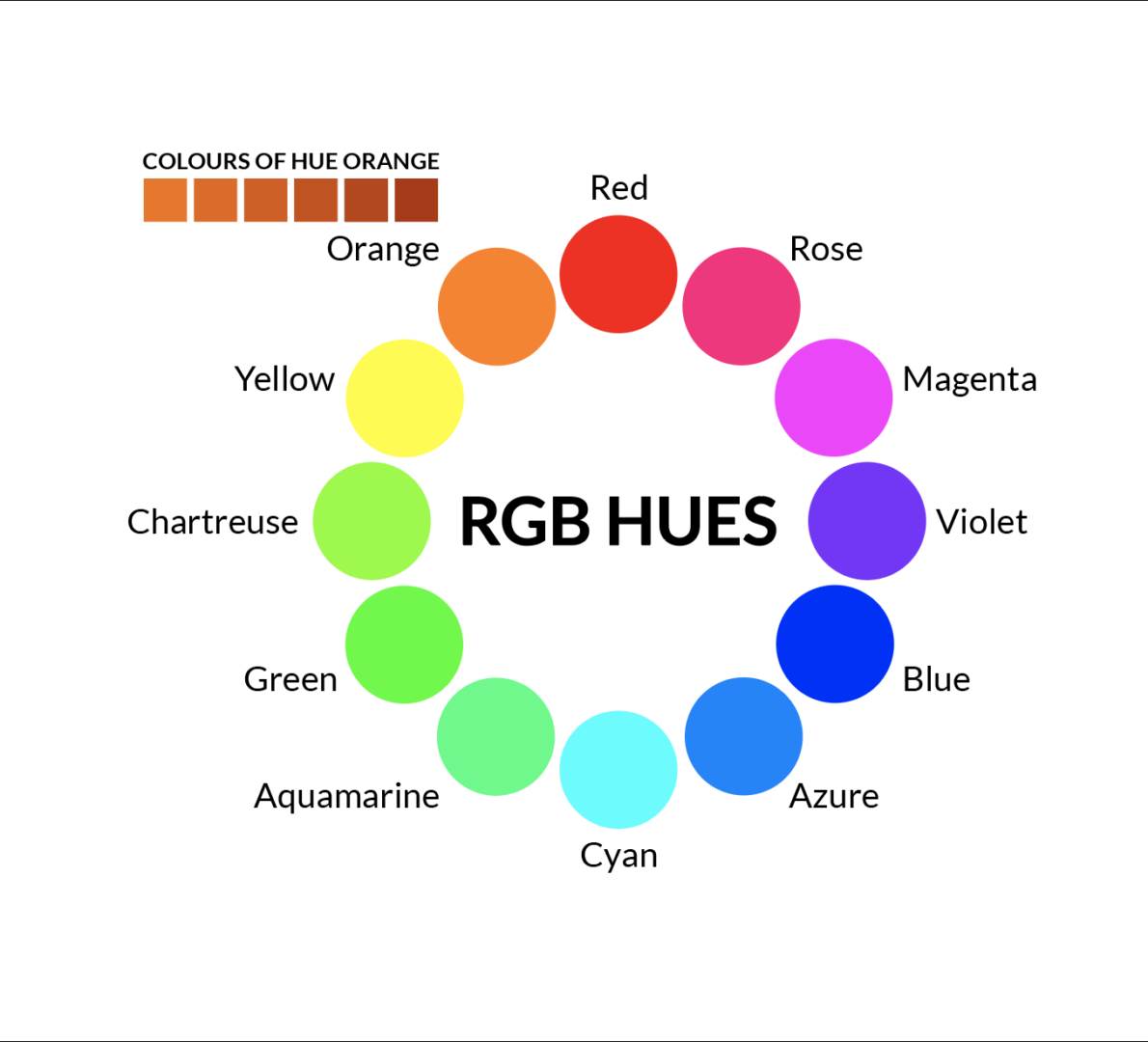
Frequently Asked Questions
Q: Which color mixing technique is better?
A: Neither is universally superior. The best technique depends on the specific performance, venue, and desired emotional impact.
Q: Can these techniques be combined?
A: Absolutely! Advanced lighting designers often blend both methods to create complex, layered visual experiences.
Q: How do digital technologies impact color mixing?
A: Modern LED and digital lighting systems have revolutionized color mixing, offering unprecedented precision and flexibility.
Industry Impact and Future Trends
The global stage lighting market is projected to reach $4.2 billion by 2025, with color mixing technologies driving significant innovation. Emerging trends include:
- AI-powered color selection
- Real-time adaptive lighting
- Sustainable, energy-efficient solutions
Conclusion: The Art of Illumination
Color mixing in stage lighting is a delicate dance between technology and creativity. By understanding and mastering additive and subtractive techniques, lighting designers can transform ordinary spaces into extraordinary experiences.
Tags:
- Stage Lighting
- Color Mixing
- Entertainment Design
- Lighting Techniques
- Performance Technology
- 7 Expert Strategies to Design Captivating Outdoor Lighting for Theme Parks & Architectural Landscapes
- Why IP65 Waterproof Pixel Strobe Lights Are a Game-Changer for Large Concerts: 7 Crucial Benefits Unveiled
- Why Are Outdoor Stage Lamps Getting Smaller and Lighter? The Game-Changing Trend in Stage Lighting
- What Is a Good CMY for Stage Lighting? A Complete Guide
- Why Do We Need High-Power Moving Head Beam Lights with CMY for Performances & Large-Scale Outdoor Theme Events?
Distributor
What are the advantages of becoming an LQE distributor?
Access to high-performance, patented lighting products
Competitive factory pricing and excellent profit margin potential
Strong R&D capabilities with 80+ national patents
Reliable production capacity: 100,000 units annually
Dedicated account manager to support your growth
What types of companies can become LQE distributors?
We welcome partnerships with companies that have experience in the entertainment, AV, lighting, or stage equipment industries. Whether you are a local reseller, importer, system integrator, or project contractor, we are open to exploring win-win cooperation.
What is your typical lead time for distributor orders?
Our standard production lead time is 15–30 working days depending on order volume and customization requirements. For stocked models or repeat orders, we can offer shorter delivery times.
1000w
What Kind of Certificates You Offer?
All kinds of certificates could be offered by LQE digital moving light factory, which depends on customer’s required, different pricing plan for different approval.
Can I Have a Sample Order for an LED DJ Light?
Sure, sample order are welcome to test and check LQE quality. Mixed samples are acceptable.
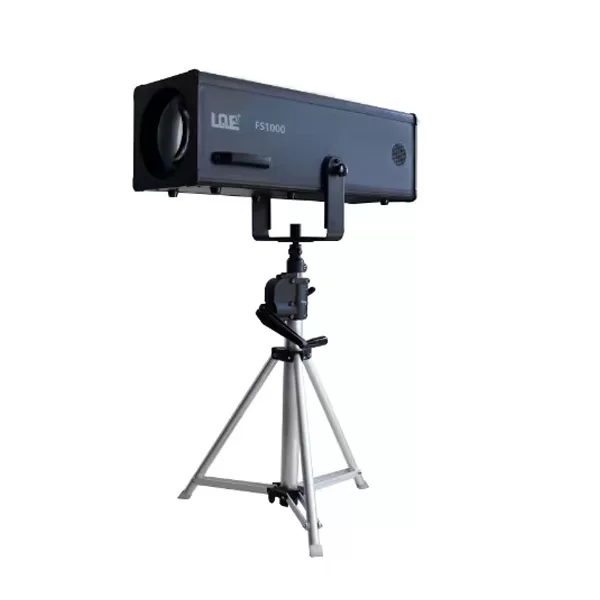
Want to learn more information?
[Reach out to us and receive professional guidance, a personalized quote, and the best solution for your needs.]

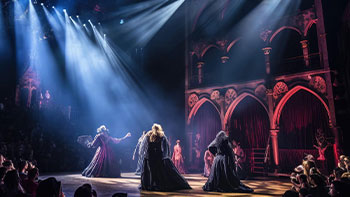



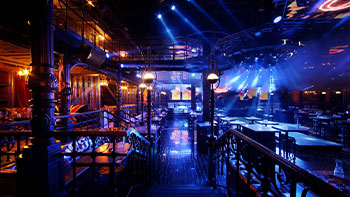
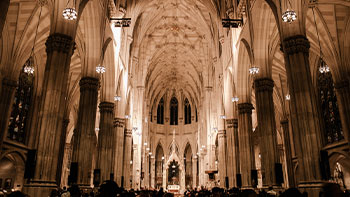






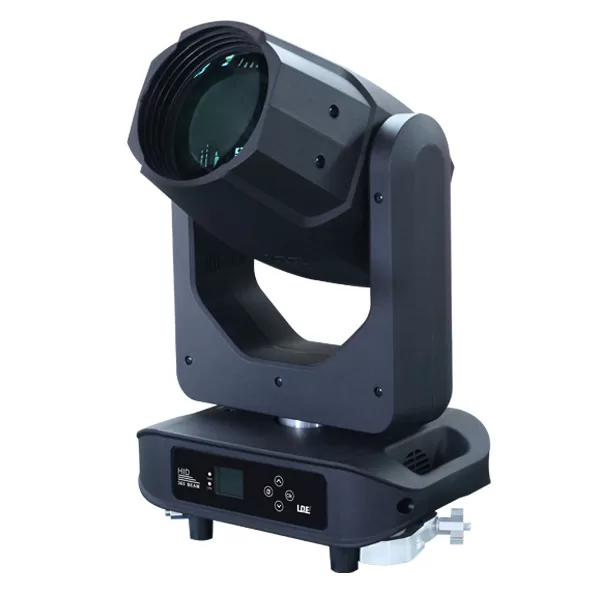

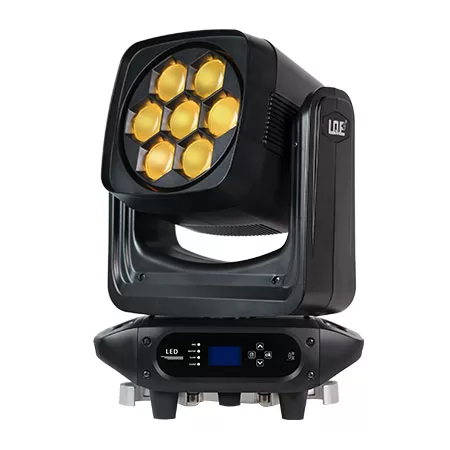
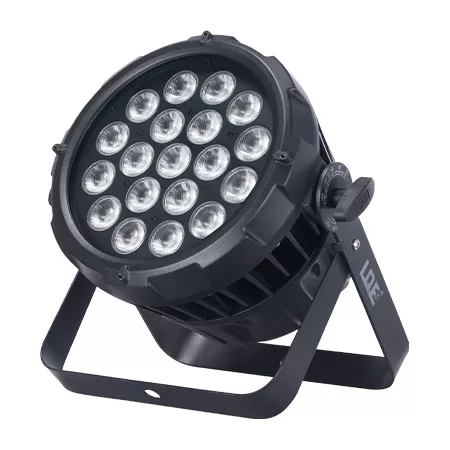
Linkedin
YouTube
Whatsapp: +8618924548390
TikTok